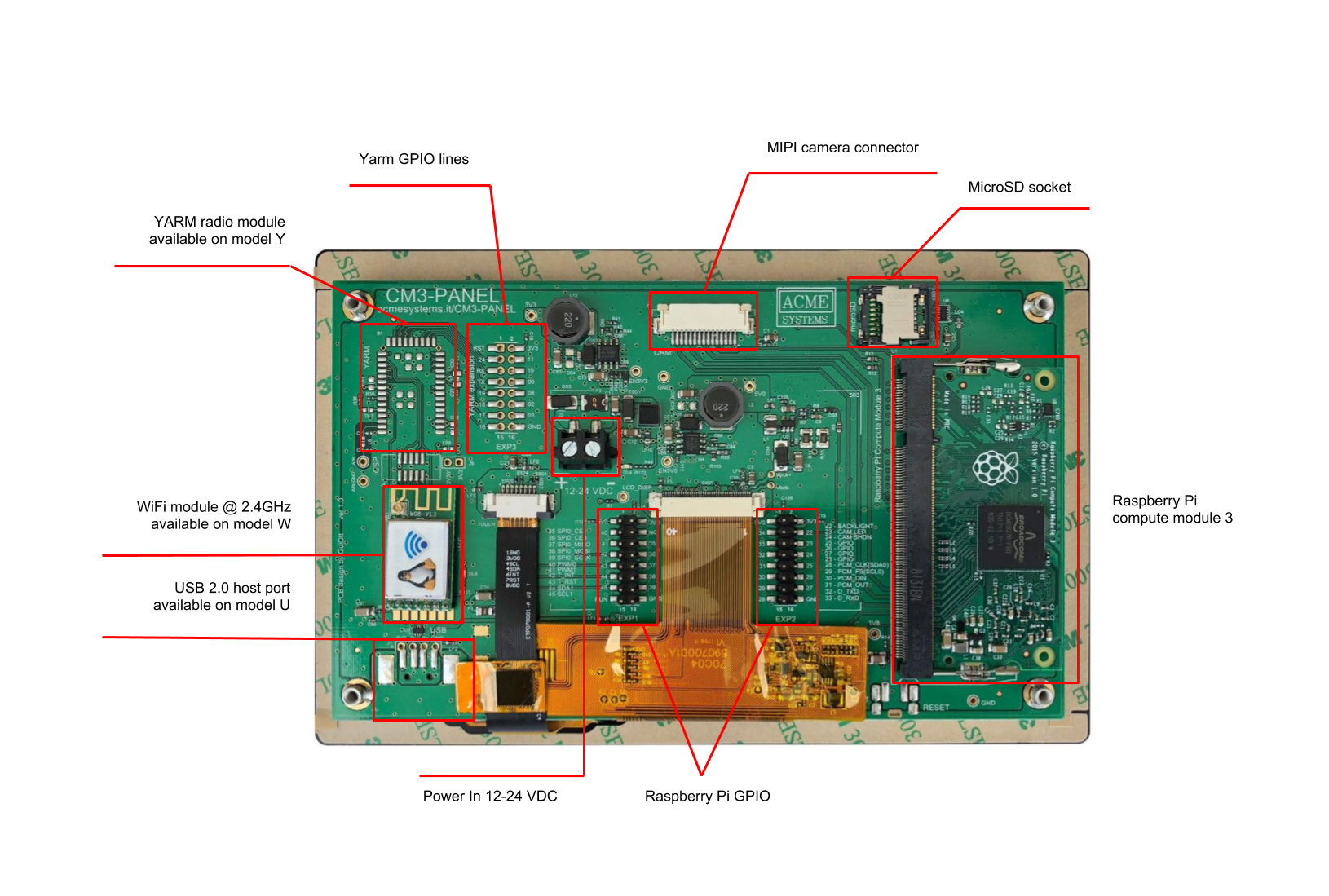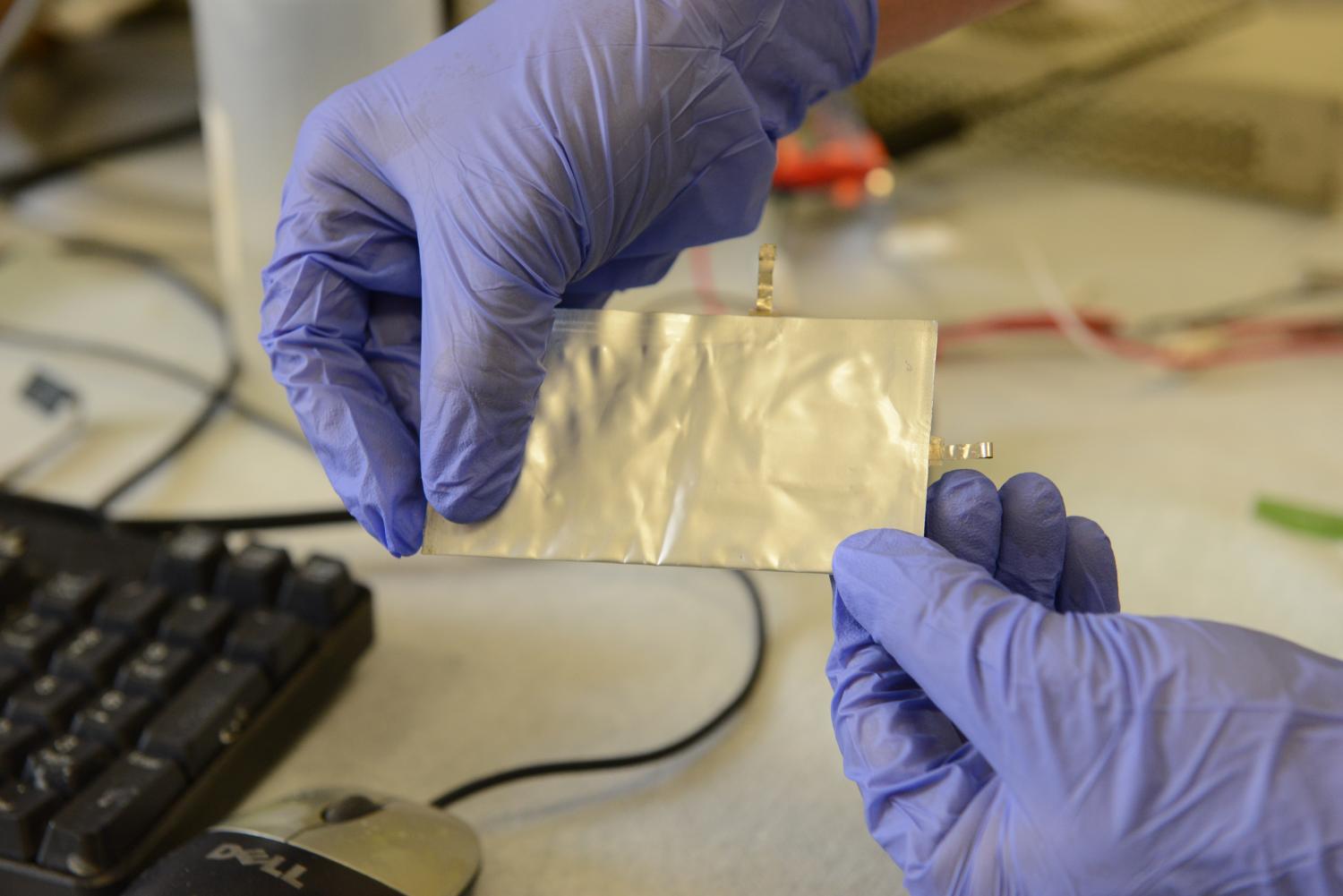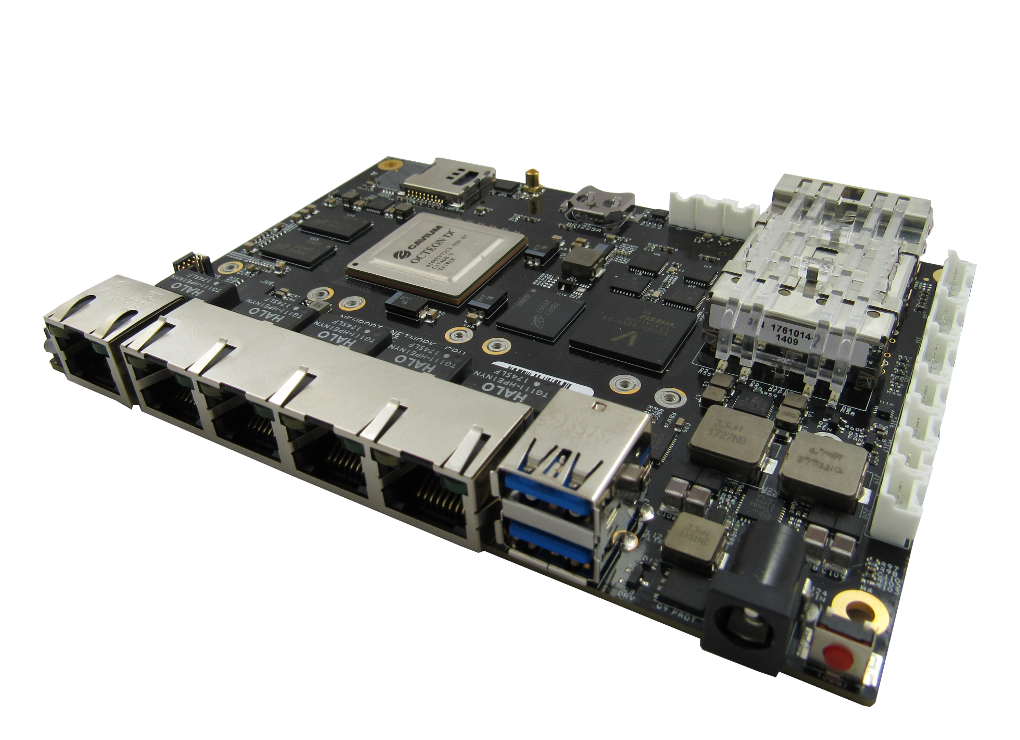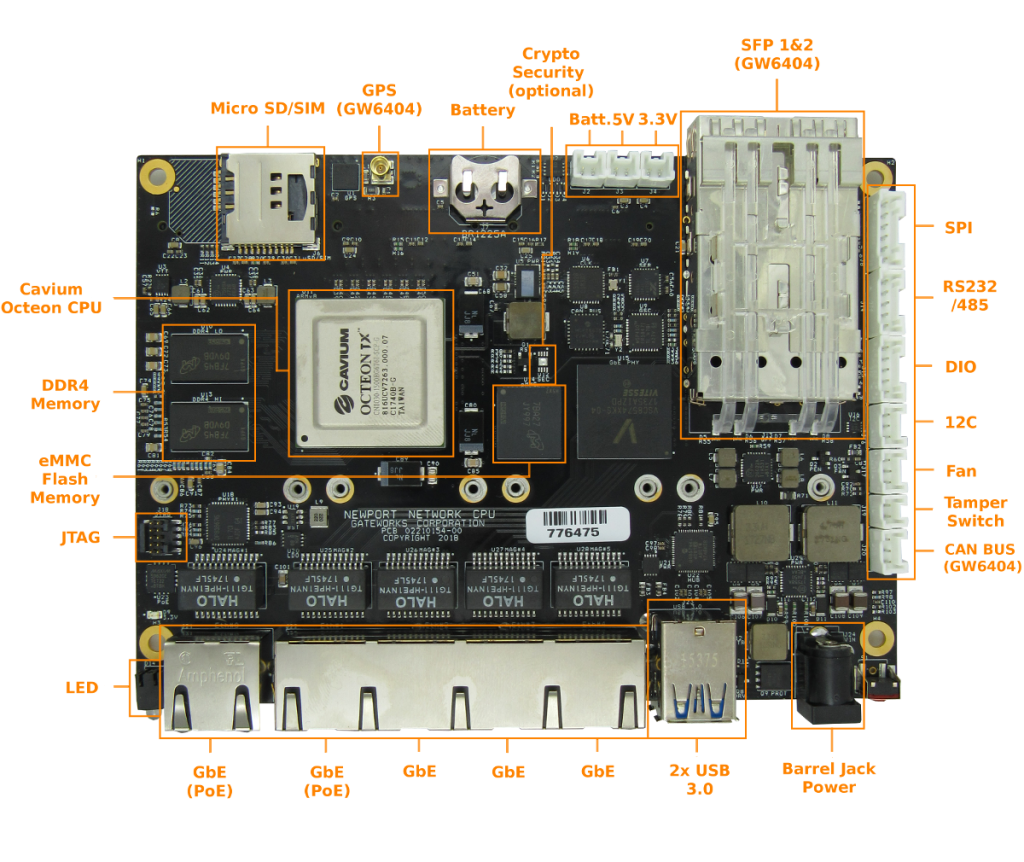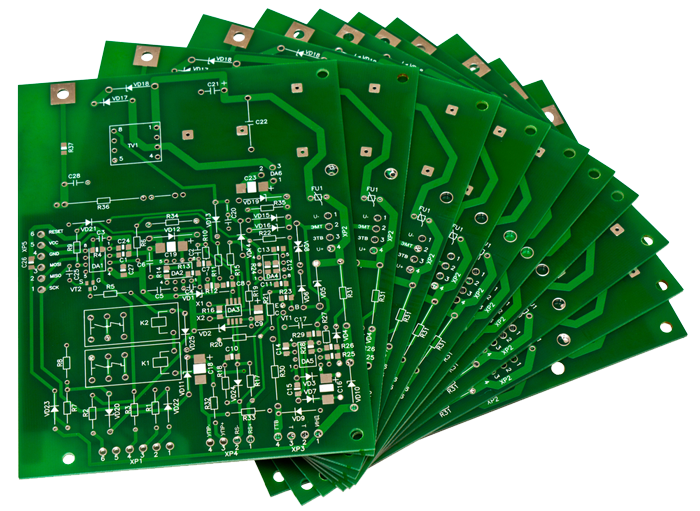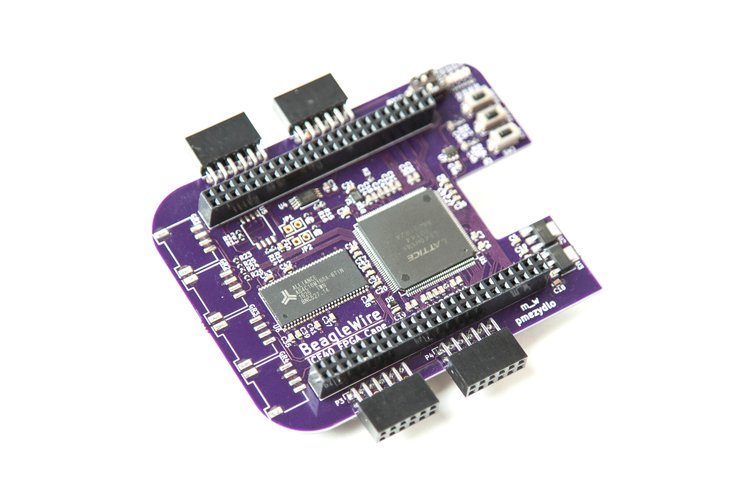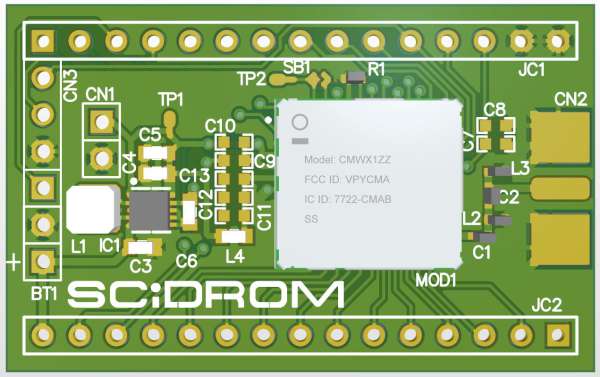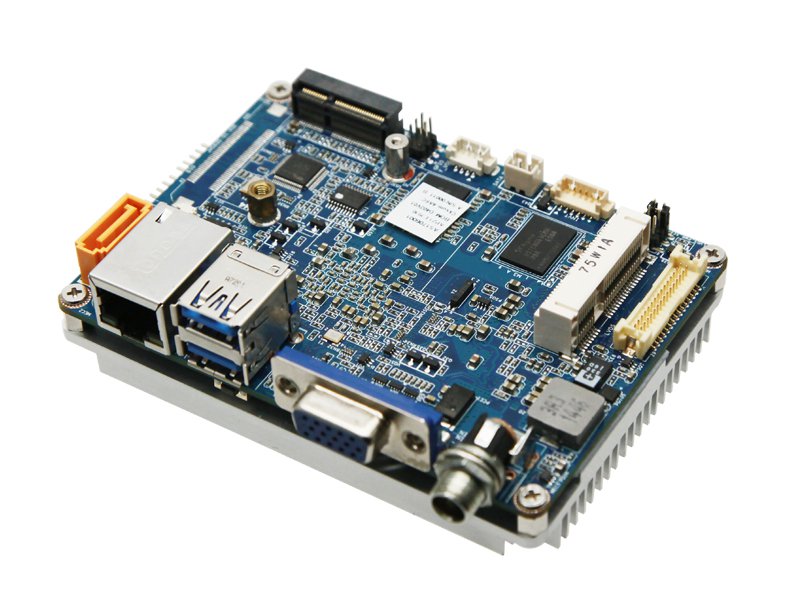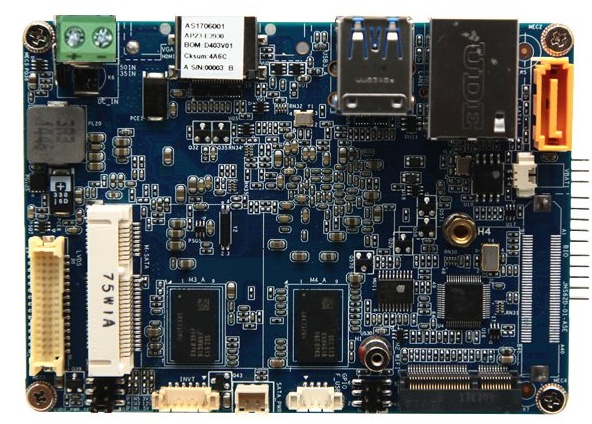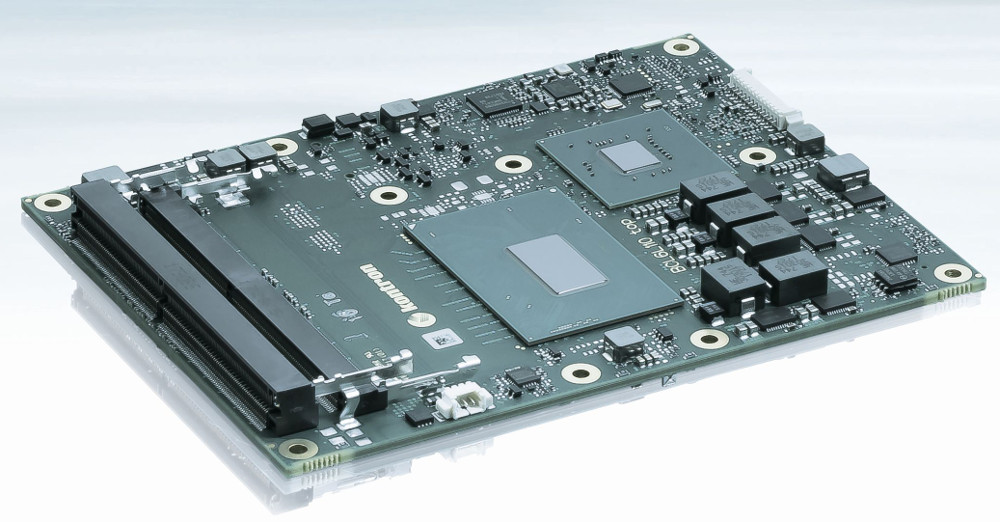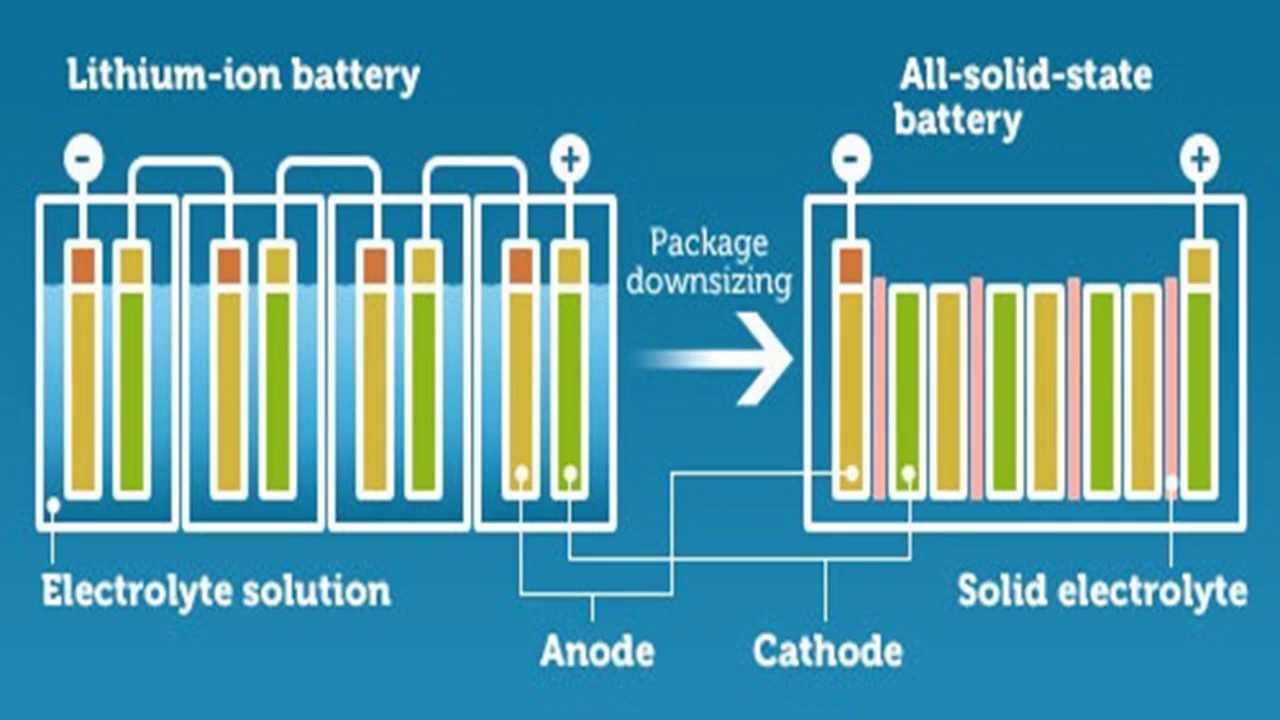Early last year, the Raspberry Pi Foundation launched the Raspberry Pi Compute Module 3, a board designed to provide firms with low-cost computer hardware to build into products. The Raspberry Pi Compute Module 3 (CM3) packs the same 1.2GHz, quad-core Broadcom BCM2837 processor and 1GB memory used on the Pi 3 onto a slimmer and smaller board. The CM3’s compact design, the same size as a DDR2 small outline dual in-line memory module, is suited to be built into electronic appliances. The Compute Module already sees some adoption in commercial applications and Acme Systems is an organization building on it with their latest release of the CM3-PANEL.
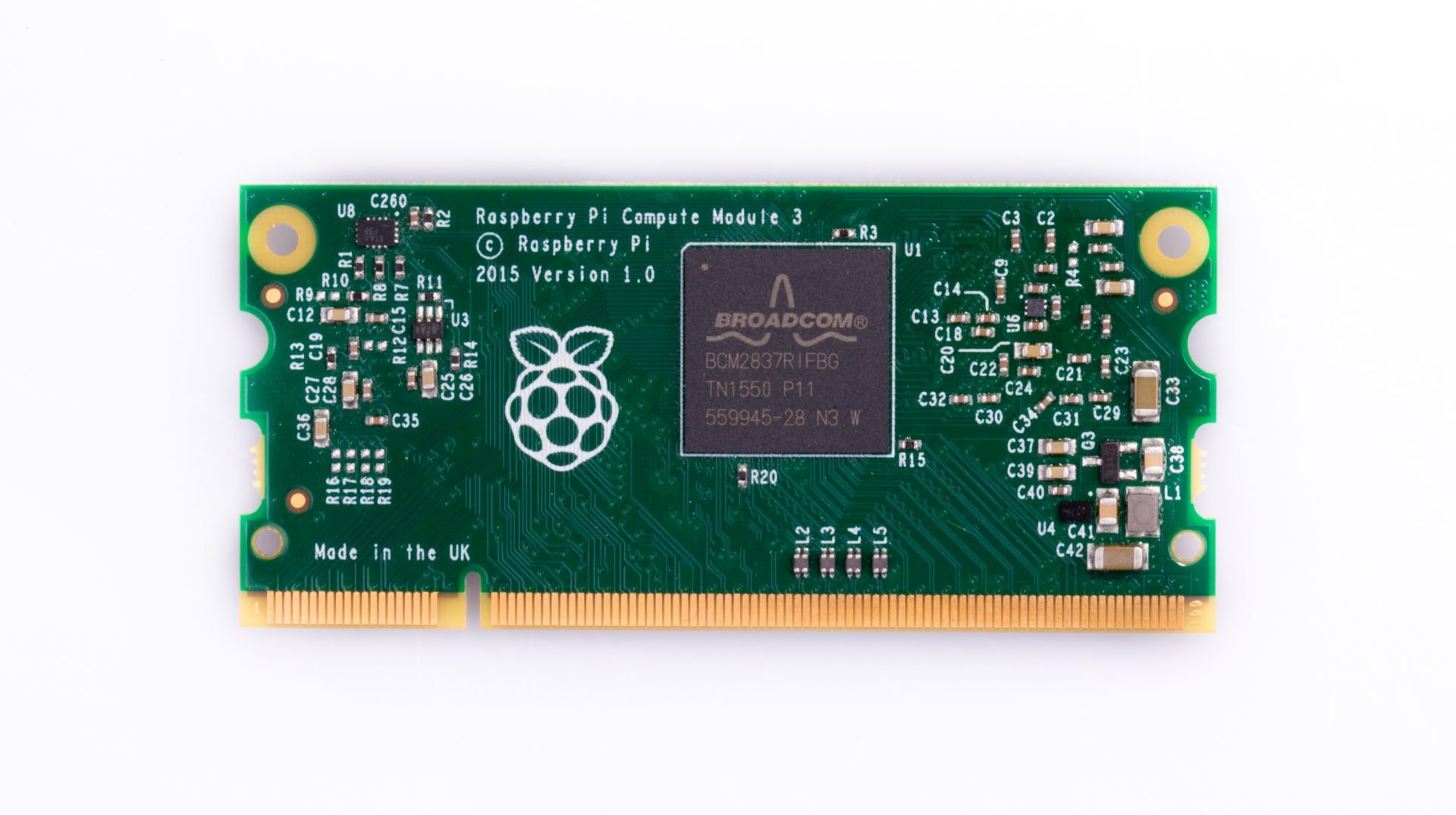
The latest product to leverage Raspberry Pi CM3L SoM is made by Italy based company Acme Systems, and designed for Panel PCs and tablets. Acme Systems isn’t new to developing products based on the Raspberry Pi; they launched the Acme CM3-Home last year, a Raspberry Pi 3 Compatible Board designed for Home Automation.
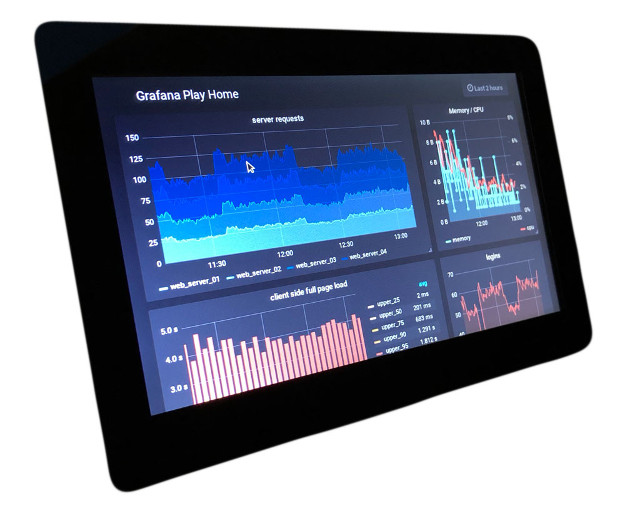
- CM3-Panel-U — USB 2.0 port — 95 Euros ($113)
- No WiFi module
- USB Host port
- No Yarm radio module
- CM3-Panel-W — 2.4GHz WiFi — 99 Euros ($118)
- WiFi @ 2.4GHz
- No USB Port
- No Yarm radio module
- CM3-Panel-UY — USB and 868MHz Yarm ISM — 115 Euros ($137)
- No WiFi Module
- USB Host Port
- Yarm ISM 868 MHz radio module
- CM3-Panel-WY — 2.4GHz WiFi and 868MHz Yarm ISM– 119 Euros ($142)
- WiFi @ 2.4GHz
- No USB Port
- Yarm ISM 868 MHz radio module
Yarm is a smart and cost-effective solution for system integrators to build their own RF applications at 868 MHz avoiding all the hardware design costs requested to start a new custom RF project. Yarm integrates a low power MCU (35 µA/MHz in active mode and 200nA in sleep mode) and a high sensitivity transceiver.
The 868MHz Yarm module is compatible with Acme’s ISM 868MHz Energy Harvesting radio nodes. The module is equipped with a Cortex-M0+ based, 22 x 14mm Microchip ATA8510 ISM transceiver. The CM3-Panel has a separate array of Yarm GPIO in addition to the main Raspberry Pi GPIO. The optional RaLink RT5370N 2.4GHz WiFi module is based on USB 2.0 and is fully supported by the latest Kernel Linux versions.
CM3-Panel appears to be an open source product because ACME systems have published it’s schematic, mechanical drawing, and a 3D stem model for 3D printing. The product is available for purchase and can be bought online from the product page.



